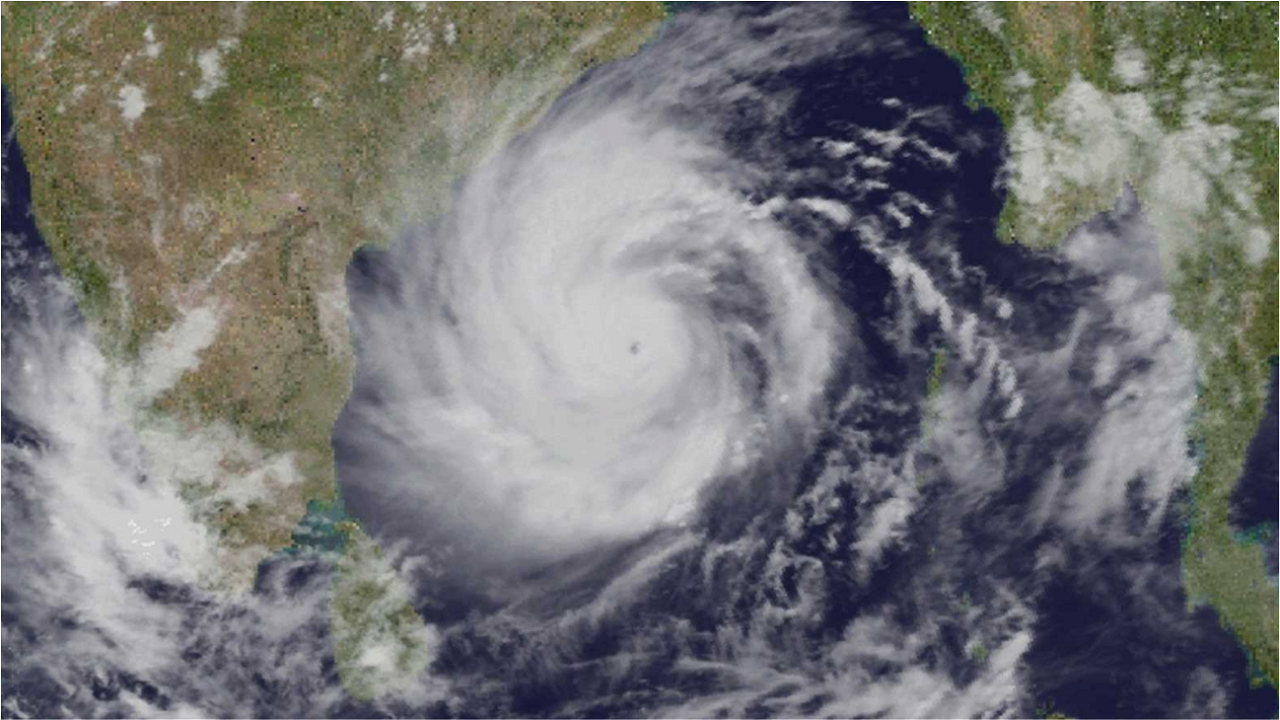
When meteorologists detected a low-pressure system forming over the southwest Bay of Bengal on November 28, they launched their four-stage action plan and issued an advisory. However, the system quickly intensified from a 'deep depression' into a cyclonic storm and unleashed its fury on the coastal districts of Kerala, Tamil Nadu, and the Lakshadweep Islands, even before the weather department could issue a cyclone watch warning.
Cyclone Ockhi was clearly a unique occurrence. Unlike any other cyclone before it, it not only intensified quickly but also perplexed scientists with its long gestation period. It lasted 6.7 days in the sea, far longer than the 4.7-day average life of 'very severe cyclonic storms' that had occurred in the north Indian Ocean (the Bay of Bengal and the Arabian Sea) until 2017. Both of these peculiarities alerted scientists to what was likely to happen in the near future.
Scientists now use ocean-atmosphere coupled models, which have improved the accuracy of early cyclone forecasting and intensity. The error in cyclone landfall point and track forecast has greatly decreased. The India Meteorological Department (IMD) has started sharing pre-genesis track and intensity forecasts at the stage of low pressure since March (the starting point of any cyclone). It is also thought to be the first weather station in the world to issue such a forecast.
The impact-based forecasts from the IMD tell people not only what the weather is like now, but also what it might do in the future. Early warnings have paid off, and India has successfully reduced the number of people killed in cyclones from thousands to less than a hundred.
Nonetheless, we must acknowledge that climate change has outstripped our ability and preparedness to mitigate its disastrous consequences. Several cyclones have wreaked havoc on India's eastern and western coasts, leaving a trail of devastation and mounting economic losses in their wake. Each of these storms was distinct and distinct from the others, indicating how difficult it will be to forecast such extreme events in the future. The rapid intensification of some of these cyclones continues to be alarming.
The north Indian Ocean is rapidly warming, and it continues to present us with new challenges. Warmer sea surface temperatures are supercharging these storms in their early and mature stages, and the strongest cyclones are likely to intensify even more in the coming years.
When Super-cyclone Amphan hit the West Bengal coast in May 2020, it went from Category 1 to Category 5 in a record-breaking 18 hours, making it the most powerful storm to hit the Bay of Bengal since the 1999 Odisha Cyclone. The buoys installed in the Bay of Bengal recorded surface temperatures as high as 32-34°C just before Amphan formed, confirming what scientists had been warning about all along. The world is now hotter than it has ever been.
The Arabian Sea, which normally sees 1-2 cyclonic disturbances per year, saw five this year, making it the most active cyclone season on record. Fani, which wreaked havoc on the eastern coast the same year, was the Bay of Bengal's longest-lasting cyclone in April over the Bay of Bengal in a century, with a lifecycle of 11 days.
"One of the most difficult challenges we face is the rapid intensification of these cyclones in a short period of time. Aside from that, the duration of some of these cyclones in the sea is becoming longer. The more time a system spends in the sea, the more energy it draws from it, allowing it to intensify even more " Dr. Roxy Mathew Koll of the Indian Institute of Tropical Meteorology (IITM) in Pune is a climate scientist.
"These are clear climate signals, and each time a cyclone strikes, we must account for multiple events, including storm surges, extreme rainfall, and flooding/inundation, all of which rely on extensive and timely data."
Need to Boost Research & Data Collection
The formation of any storm requires a warmer sea, making ocean temperatures, or the Tropical Cyclone Heat Potential (THCP), the most important factor in forecasting them. While there are a number of on-site instruments or buoys in the surrounding seas, they may not be sufficient to collect the massive amounts of data needed to predict these extreme events in the near future. A lot of it is also marred by issues with resolution.
More investment in specialized studies will be required to strengthen our research capabilities. It will be necessary to fill in the gaps in data measurement and collection for sea surface/subsurface temperatures, round-the-clock satellite imagery, and wind measurements. It will have to take into account future variables and uncertainties. There are still many questions to be answered in order to explain the future occurrence of these extreme events, and the lack of adequate and high-quality data must not be a barrier.
The Indian Ocean will continue to present us with new challenges as a result of climate change, and cyclones will most likely remain its most visible manifestations. With a 7,500-kilometer-long coastline encompassing 72 vulnerable districts, it is critical that our current research and forecasting capabilities keep up with the widespread, rapid, and intense impacts of climate change to avoid being overwhelmed.
















